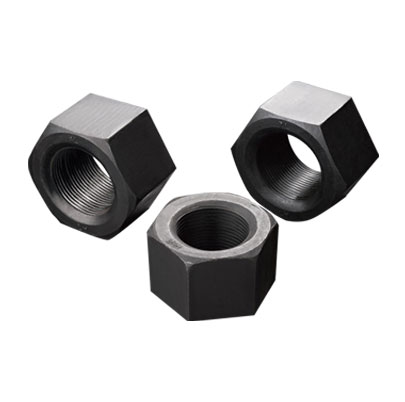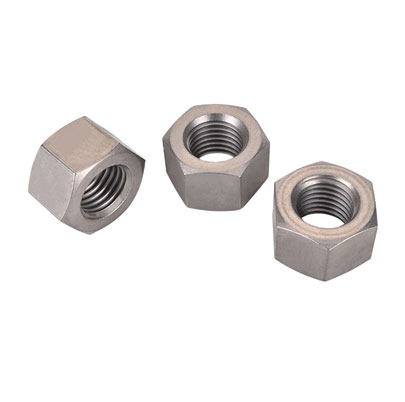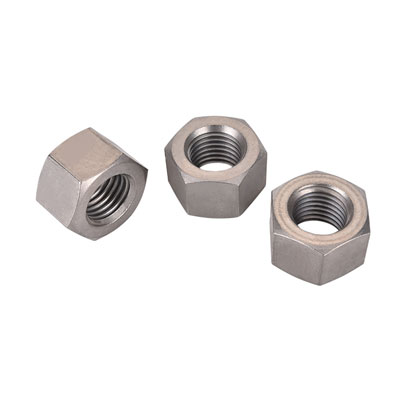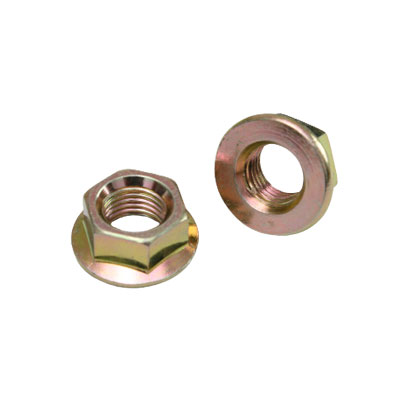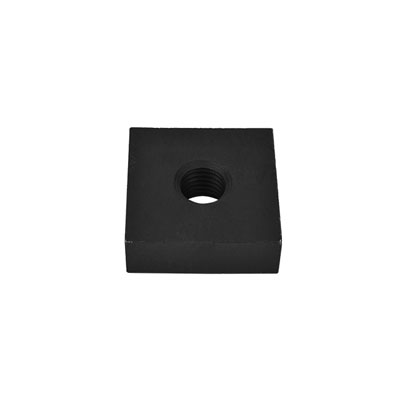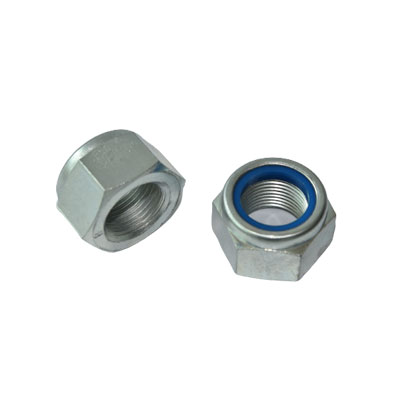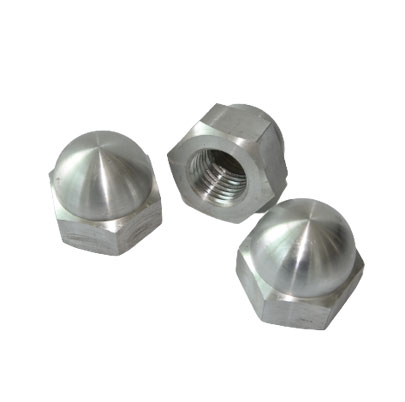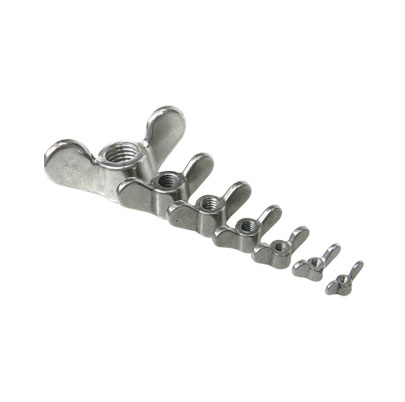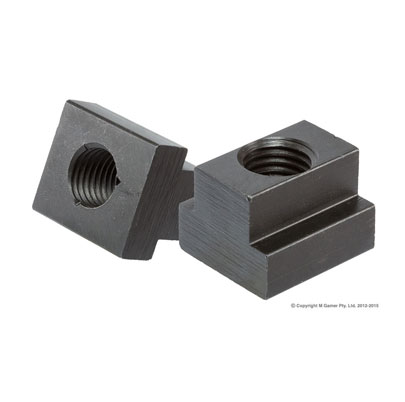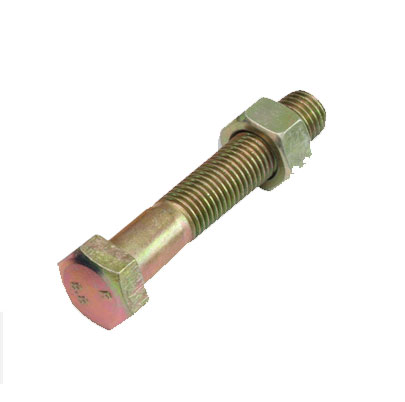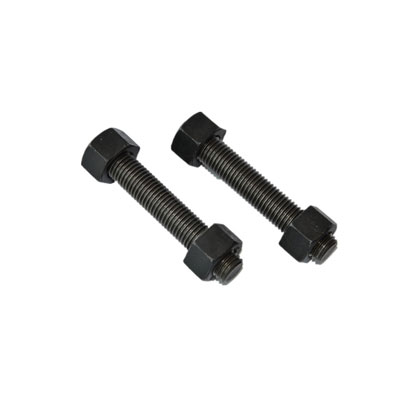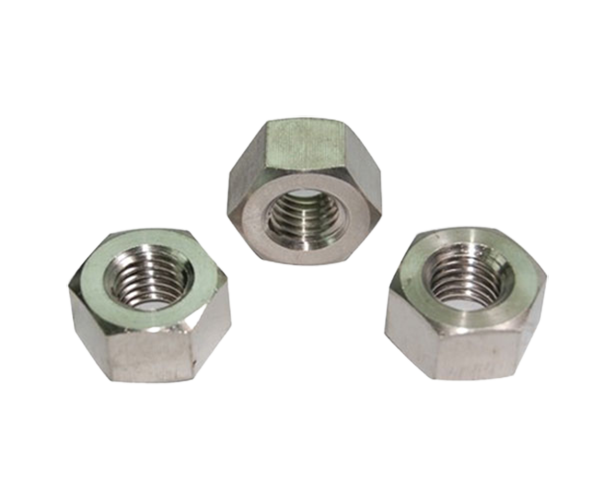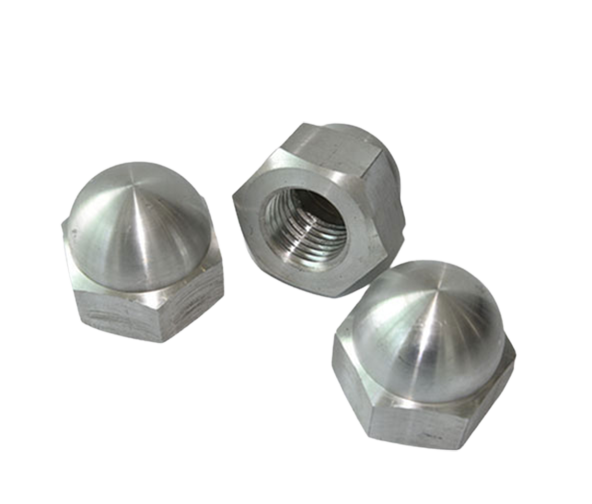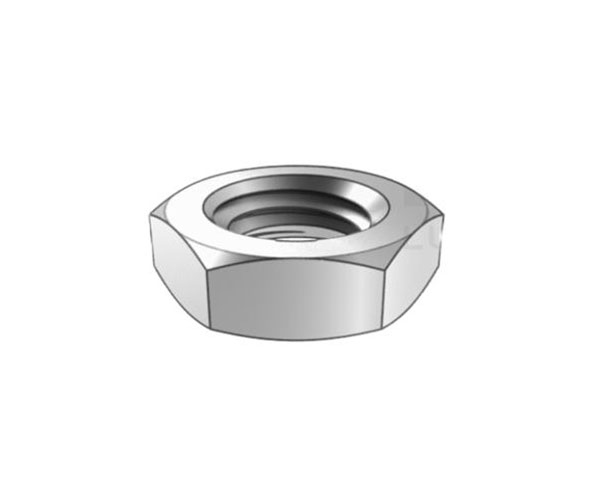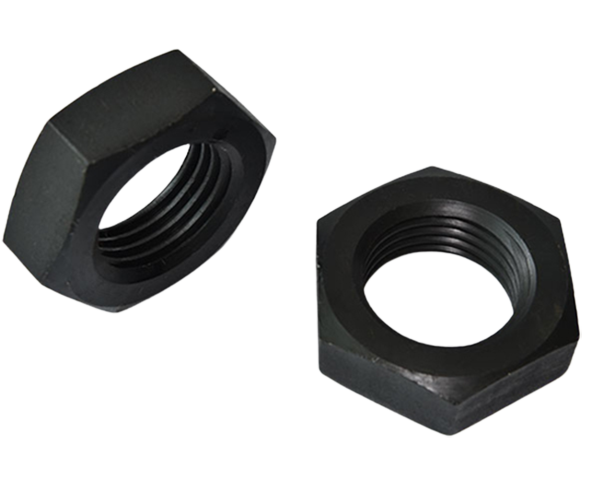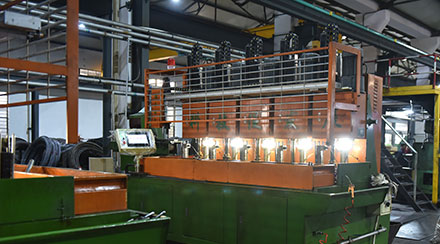Locknut is a common fastening nut. In some important occasions, during the operation of mechanical equipment, the nut will loosen due to long-term use. At this time, we will take some anti-loosening measures to ensure the reliability of nut locking. The locknut comes in handy. Many of the current locknuts are made of nylon, that is, a layer of nylon is embedded on the nut as the anti-loosening material.
There is a 30-degree wedge surface on the upper part of the conventional 60-degree tooth tip. This configuration allows increasing the friction between the pin and box and subsequently between the pin and box. Since the bolt is tightened with a nut, it has the effect of preventing loosening.
Ⅰ. The anti-loosening method of the locknut
There are four methods for anti-loosening of locknuts: anti-loosening by friction, anti-loosening by mechanical nuts, anti-loosening by riveting, and anti-loosening by structure.
1. Friction and anti-loosening. This method is the most widely used anti-loosening method. This method generates a positive pressure between the thread pairs that does not change with the external force, and can prevent the frictional force of the relative rotation of the thread pairs. This positive pressure can be achieved by pressing the thread pair axially or simultaneously in two directions. For example, elastic washers, double nuts, self-locking nuts and nylon insert lock nuts are used. This nut loosening method is more convenient for nut disassembly, but in the case of shock, vibration and variable load, the pre-tightening force of the bolt will decrease due to looseness at the beginning, and the loss of pre-tightening force will be slow as the number of vibrations increases. The ground will increase, which will eventually lead to the loosening of the nut and the failure of the threaded connection.
2. The mechanical nut is anti-loose. This way is to directly limit the relative rotation of the thread pair with the stopper. For example, cotter pins, series steel wires and stop washers are used. This mode causes disassembly to be inconvenient.
3. Riveting and anti-loosening. After tightening, punching, welding, bonding and other methods are used to make the thread pair lose the characteristics of the motion pair and the connection becomes a non-detachable connection. The disadvantage of this method is that the bolt can only be used once and it is very difficult to disassemble, and the bolt pair must be destroyed before disassembly.
4. The structure is anti-loose. This way is to utilize the structure of the thread pair itself.
In addition, there is also a new technology, the anti-loosening effect is transferred to the washer, but the anti-loosening washer is only suitable for flat and smooth metal surfaces.
Ⅱ. The wear resistance, shear resistance and vibration resistance of locknuts
The 30° sloped surface on the bottom of the nut threads distributes the nut locking force evenly across all threads on each tooth. Because the pressure applied to the threaded surface of each tooth is evenly distributed, the nut is better able to cope with thread wear and shear deformation.
After the screw is tightened, the thread of the bolt thread is firmly inserted into the 30° wedge bevel of the nut and clamped, and the normal force generated on the wedge bevel is as follows. Make it the same as the normal force applied to the bevel of the wedge. The bolt axis is at a 60° angle instead of a 30° angle, so the normal force generated when tightening the nut is greater than the normal. Standard nut with excellent anti-loosening and anti-vibration performance.
The technical key of the anti-loosening nut sleeve is that the connecting sleeve is fixedly connected with at least two nut sleeves. The nut sleeves fit together with the nuts of the corresponding flange bolts. A coupling sleeve is secured to the device on the outer surface of the flange.
The range of locknuts is gradually expanding, especially for aircraft, automobiles, trains, railways, ships and other thread technologies are gradually entering the market, such as construction, machinery, petroleum, agricultural machinery, electric power, military industry, medical equipment and many other fields.
 English
English
